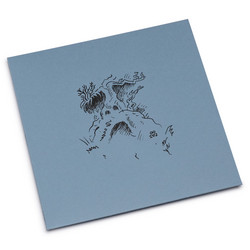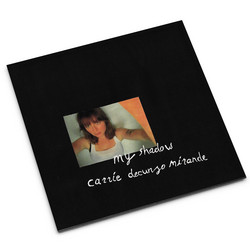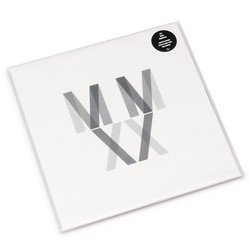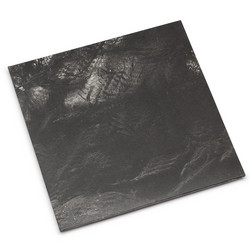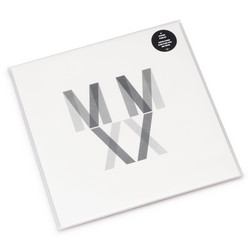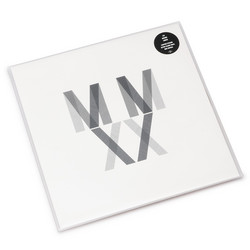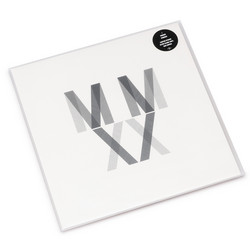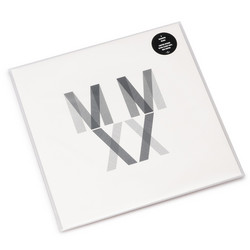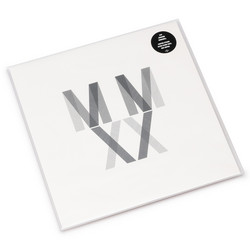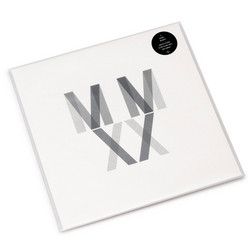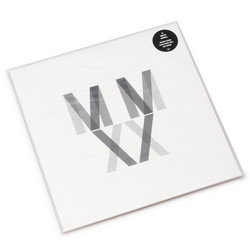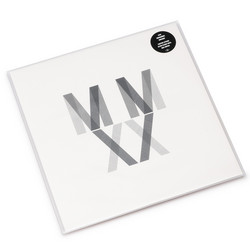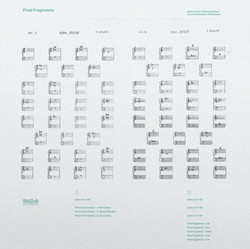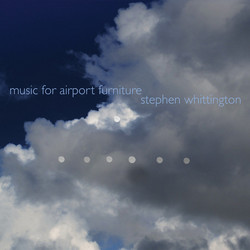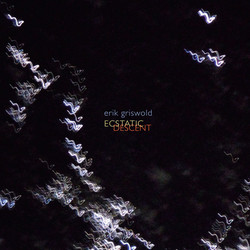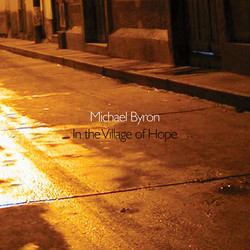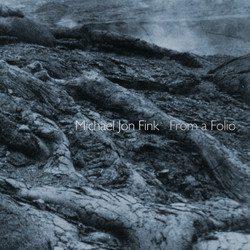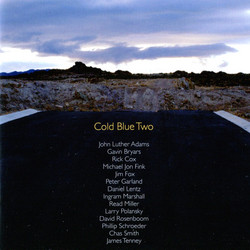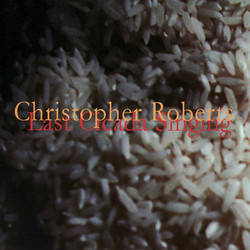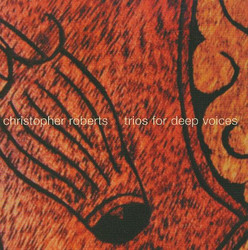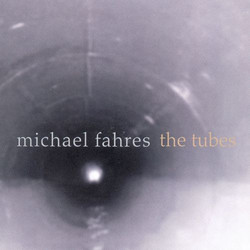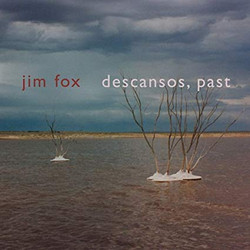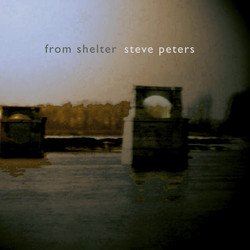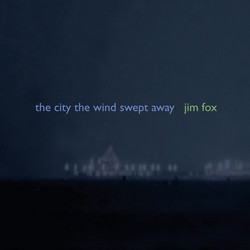Stephen Whittington writes:
“…from a thatched hut draws upon a particular strand of Chinese culture: the Chinese scholar who withdraws, temporarily or permanently, from society. The thatched hut was the place where the great Tang dynasty poets Du Fu (Tu Fu) and Li Bai (Li Po) withdrew from the world. Their example was followed by many others, including the poet Bai Juyi (Po Chu-I), author of Record of the Thatched Hut on Mount Lu, and Xia Gui, the Song dynasty painter of Twelve Views from a Thatched Hut. The scholarly recluse cultivated poetry, calligraphy, painting, chess, and music—arts in which the hand is directed by the mind, thereby revealing the true character of the individual.…
“There is one short quotation in this quartet (at the start of the fifth movement) from a Chinese musical source. For the rest, the musical language of the quartet owes as much to modern Western music (notably Satie, Webern, and Cage) as it does to Chinese musical traditions. In my search for the musical means to create this quartet, I was influenced by the forms and sentiments of classical Chinese poetry, which attempts to express the inexpressible through words, and by Chinese philosophy, which holds that the extremely diverse and constantly changing appearances of the world are all emanations of a single ordering principle—the Dao (Tao). ‘Looking at the objective world’ and ‘looking within’ are the twin foundations of Chinese art; this closely corresponds to my own approach to music. The seven movements are conceived as a cycle, like seven poems on related themes. There are apparent differences in style between movements, but over the cycle there are parallelisms that emerge between movements and parts of movements.
“My interest in classical Chinese scholarly arts is primarily in the way they express ideas and sentiments that are still relevant today. ‘Though times and happenings alter and differ, may men in what moves them be brought together.’ [Wang Xizhi (303–361), Lantingxu (Orchid Pavilion Preface)]”
Windmill: “Australia’s indigenous inhabitants survived for 50,000 years on what their ‘country’ had to offer them. When Europeans arrived, human relationship with the land changed. European settlers often displayed ignorance and arrogance, but also stoicism, courage, and a fierce determination to survive in an inhospitable climate. Given the frequency of long periods of drought, farming ventures that began with high hopes often ended in despair. Without a supply of water, agriculture is unsustainable; fortunately, deep beneath much of the continent lie vast, ancient waters. The distinctive steel windmills that dot the Australian outback pump up life-giving water in the often desolate landscape. Many are now rusting away, replaced by solar technology. If you get close enough to one you can hear its distinctive creaking sound, stopping occasionally, resuming as the breeze picks up.”
“Those familiar with Zen Flesh, Zen Bones, a book compiled by Paul Reps from a variety of sources of Zen and pre-Zen writing, will probably be familiar with the sorts of hermits that inspired Whittington to compose …from a thatched hut. (Those who do not know the book may still know some of the source material, since John Cage appropriated many of the anecdotes for “marginalia” in several of his books.) In many ways Whittington’s suite makes for excellent music to accompany reading Reps’ book. Indeed, Cage’s own autobiographical statement mentions the Indian singer Gira Sarabhai as one of his sources of inspiration: “The purpose of music is to sober and quiet the mind, thus making it susceptible to divine influences.” It is not unreasonable to approach …from a thatched hut through its capacity “to sober and quiet the mind,” resulting in greater susceptibility to the Zen teachings that Reps documented.” —Stephen Smoliar, The Rehearsal Studio


